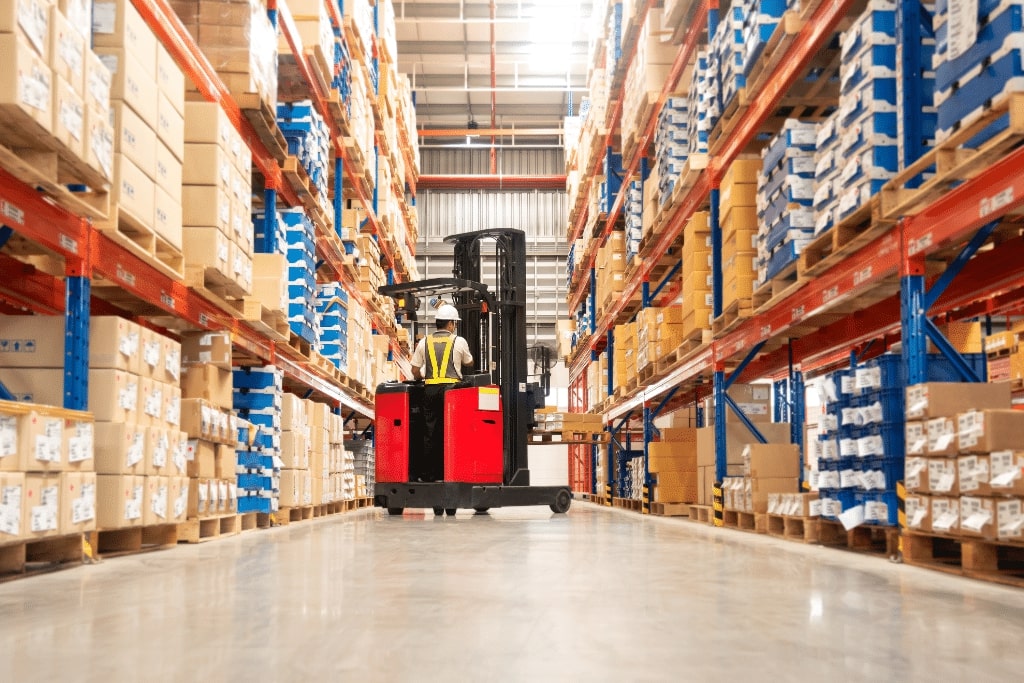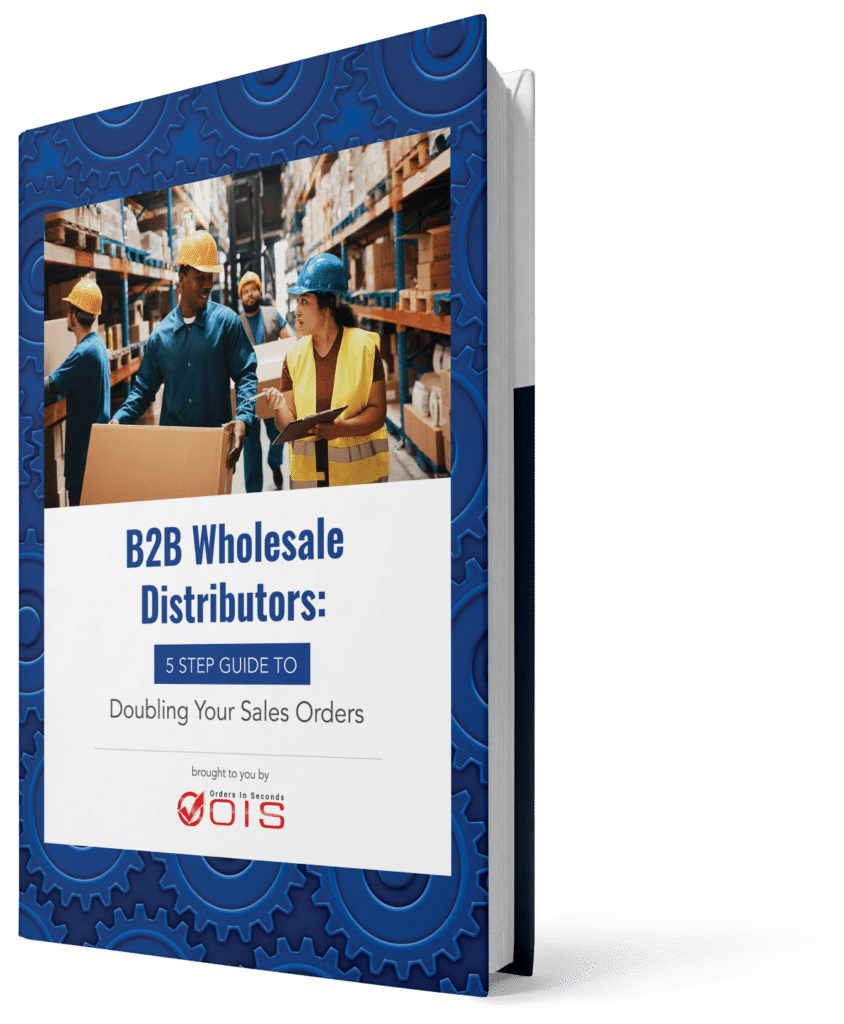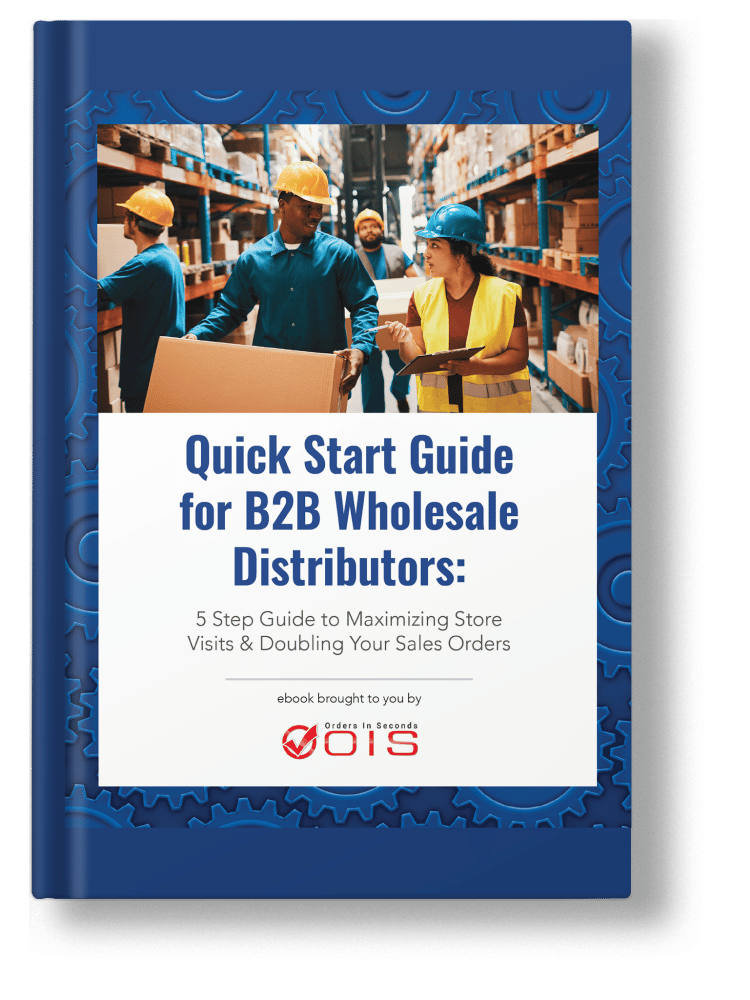A 3PL warehouse is a third-party logistics facility that provides comprehensive logistics solutions to help businesses store and manage their inventory, handle order fulfillment, and coordinate logistics operations. By utilizing a 3PL warehouse, companies can focus on their core activities while ensuring efficient and scalable logistics support. This article will dive into the types, key features, and benefits of 3PL warehouses, and how they can enhance your supply chain.
Key Takeaways
- A 3PL warehouse serves as a comprehensive logistics partner, enabling businesses to focus on core functions while managing inventory, order fulfillment, and returns.
- Technology plays a pivotal role in enhancing 3PL warehousing efficiency, integrating systems like Warehouse Management Systems (WMS) and offering real-time inventory tracking and data analytics.
- Partnering with a 3PL provider results in significant benefits, including cost savings, improved customer satisfaction through faster delivery, enhanced supply chain visibility, and increased supply chain efficiency, facilitating better decision-making.
Table of Contents
- Understanding 3PL Warehousing
- The Role of Technology in 3PL Warehousing
- 3PL Warehouse Operations
- Benefits of Using a 3PL Warehouse
- 3PL and Ecommerce
- 3PL and Transportation
- 3PL and Sustainability
- Choosing the Right 3PL Warehouse Provider
- Case Studies: Success Stories with 3PL Warehousing
- Summary
- Frequently Asked Questions
Understanding 3PL Warehousing
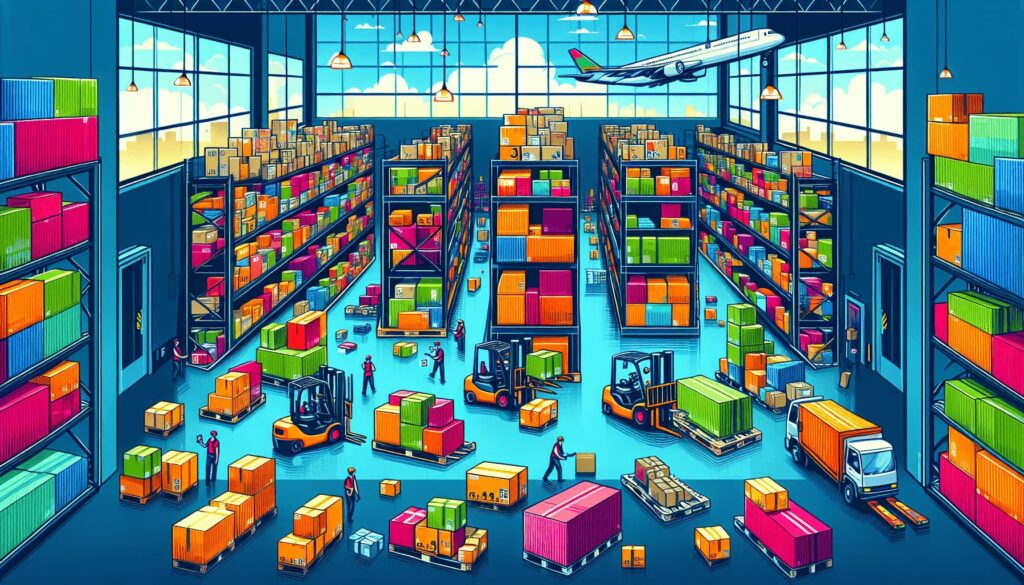
A 3PL warehouse serves as more than just a storage space. It acts as a fulfillment and logistics partner, assisting companies with the effective storage and movement of products. A third-party logistics warehouse manages inventory, fulfillment, and logistics within a comprehensive logistics network, enabling businesses to concentrate on their core functions and foster growth. Third-party logistics providers specialize in a range of logistics services, including inventory management, warehouse storage, order fulfillment, returns processing, and transportation, covering both B2C and B2B fulfillment.
Utilizing a third-party logistics provider gives companies greater control over inventory and order processing, facilitating expansion into new markets and sales channels without the constraints of their own warehouse. This partnership enables businesses to innovate and grow, secure in the knowledge that their logistics operations are in expert hands, especially when working with a third party logistics company.
Understanding the various types of 3PL warehouses and their key features is crucial to fully grasping their impact.
Types of 3PL Warehouses
3PL warehouses come in different forms, each tailored to meet specific business requirements. Public warehouses are owned by third-party logistics providers and serve multiple customers, offering storage, handling, and distribution services. These facilities are ideal for businesses looking for flexible storage solutions without the commitment of long-term leases.
Contract warehouses, on the other hand, are dedicated facilities operated by third-party logistics providers that offer tailored services to specific clients. These warehouses provide customized solutions, often involving long-term agreements that ensure consistency and reliability.
Distribution centers focus on quickly handling and moving large volumes of goods within a distribution network, facilitating efficient distribution throughout the supply chain. Lastly, fulfillment centers are designed to manage order processing and customer order fulfillment, playing a crucial role in the e-commerce sector.
Key Features of a 3PL Warehouse
A significant feature of a 3PL warehouse is its scalability, enabling businesses to adjust to inventory changes without being limited by fixed warehouse space. Such flexibility is vital for companies facing seasonal fluctuations or rapid growth.
Advanced technology and robust logistics infrastructure are cornerstones of third-party logistics warehouses, enhancing inventory management and logistics operations through automation and real-time tracking. Robust security measures, including 24/7 monitoring and access control systems, ensure that goods are protected at all times.
These features collectively contribute to the efficiency and reliability of 3PL warehouses, making them an indispensable asset for businesses looking to optimize their logistics functions.
The Role of Technology in 3PL Warehousing
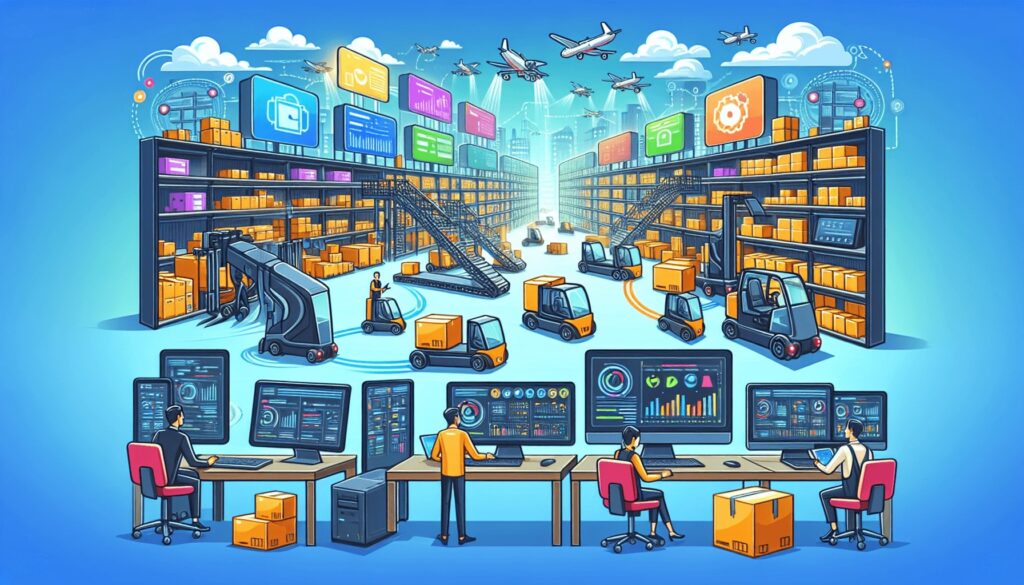
Technology significantly enhances the efficiency and effectiveness of modern 3PL warehousing. A tech-enabled 3PL leverages advanced technology to offer integrated shipping and fulfillment solutions, automating various logistics operations. It encompasses order management, inventory tracking, and handling eCommerce returns, ensuring seamless and efficient operations from start to finish.
3PL warehouses employ sophisticated inventory management systems and real-time tracking tools, providing complete visibility into inventory status and shipment progress. Integrating logistics technology improves operational efficiency and enhances decision-making, enabling businesses to respond swiftly to changes in demand and market conditions.
Warehouse Management Systems (WMS)
Warehouse Management System (WMS) forms the backbone of logistics operations in 3PL warehouses, ensuring efficient inventory tracking and handling. These systems integrate with warehouse management software to enable real-time inventory management, improving accuracy and reducing errors. WMS enhances order processing through automated systems that aid in picking, packing, and tracking orders.
Implementing WMS in 3PL operations significantly boosts overall efficiencies, including faster order fulfillment and better inventory accuracy. By streamlining these processes and improving inventory control, WMS helps businesses achieve high levels of customer satisfaction and operational efficiency.
Data Analytics for Inventory Management
Logistics data is a powerful tool for 3PL providers, offering full visibility into inventory with insights into quantities on hand and daily units sold for each product. Real-time inventory and shipment tracking, enabled by data analytics, enhances overall supply chain management efficiency.
With data analytics, 3PL providers can identify areas for improvement and accurately forecast demand, ensuring optimized inventory levels to meet market needs. This capability not only improves inventory management but also supports better decision-making and strategic planning.
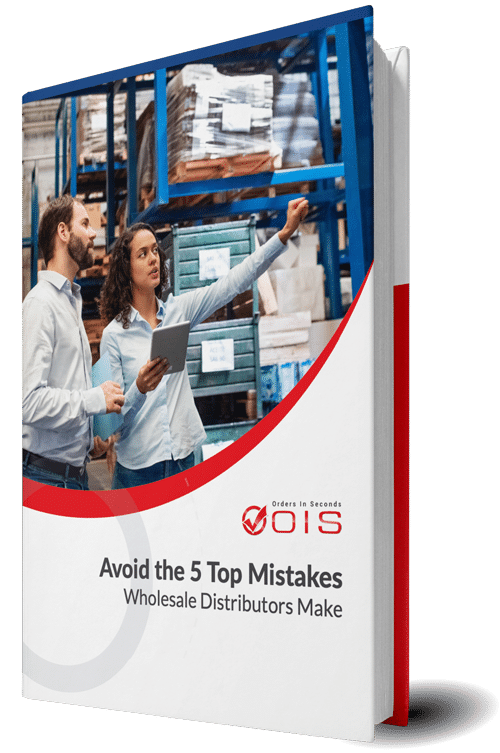
Avoid the Top 5 Mistakes Wholesale Distributors Make
Are you making one of the top 5 mistakes that plague wholesale distributors? Download our free eBook to find out. We’ve also included tips and guidance to help you save time and avoid costly mistakes.
3PL Warehouse Operations
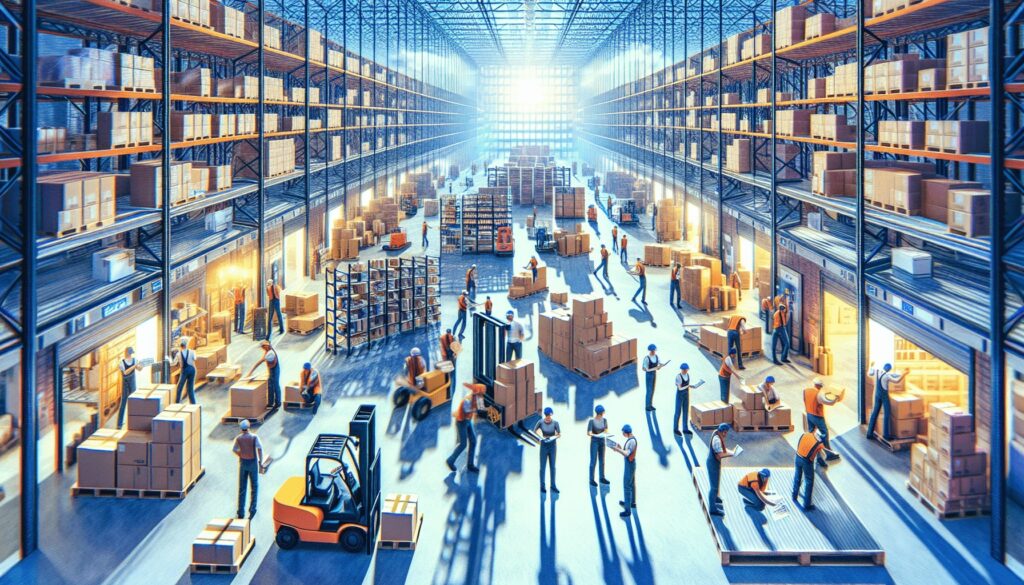
A 3PL warehouse handles entire logistics processes, including receiving, storage, picking, packing, shipping, and returns. These operations are meticulously coordinated to ensure that goods move efficiently through the supply chain, from the moment they arrive at the warehouse to the point they reach the customer.
Fulfillment centers are vital for managing e-commerce orders, including processing, picking, packing, and shipping. The following subsections examine the specific processes in 3PL warehouse operations, emphasizing their role in a smooth and efficient supply chain.
Receiving and Storage
The receiving process is crucial for organization and timeliness, ensuring quicker order fulfillment. Upon arrival at a 3PL warehouse, inventory undergoes meticulous acceptance and verification to ensure correct quantities, inspect for damages, and maintain inventory accuracy. Clients typically fill out a Warehouse Receiving Order (WRO) to manage incoming inventory effectively.
Once verified, the inventory is stored using various solutions like cold storage and palletized racks, optimizing space and accessibility. Integrating Transportation Management Systems (TMS) with Warehouse Management Systems (WMS) further enhances the efficiency of receiving, storage, and how to manage inventory.
Picking and Packing
Order fulfillment starts when a customer places an order with a 3PL, involving picking items from inventory and packing them for delivery. Picking items accurately and quickly is a core service in a 3PL warehouse, ensuring order accuracy and that customer orders are fulfilled promptly.
Packing entails arranging picked items for shipment, with some 3PLs charging separately for packing materials while others include these costs in their services.
Sophisticated technology integrated with e-commerce platforms plays a crucial role in enhancing the efficiency of picking and packing.
Shipping and Returns
Shipping logistics includes purchasing shipping labels and coordinating with carriers for efficient delivery. After packing, items are properly labeled, and carriers are selected for delivery, ensuring that shipments reach customers on time.
The returns process includes inspecting returned items for damage and classifying them for resale, repair, or disposal. Effective returns management is vital for maintaining customer satisfaction and optimizing inventory flow.
Benefits of Using a 3PL Warehouse

Partnering with a 3PL warehouse offers numerous benefits, including significant cost savings, enhanced customer satisfaction, and improved supply chain visibility. Outsourcing logistics to third-party providers with logistics expertise allows businesses to focus on growth activities, such as finding new customers or developing products, resulting in time and cost savings.
Experienced third party logistics 3pl help businesses scale operations effectively, supporting predictable growth while reducing operational burdens. Using a 3PL for same-day shipping can significantly boost customer satisfaction, enhancing the overall effectiveness of a company’s logistics operations.
3PL partnerships also enhance supply chain visibility, facilitating better logistics management and operational transparency.
Cost Savings
Outsourcing logistics to a 3PL provider can result in significant savings in labor, overhead, and capital investment. Sellers see lower capital investment costs by outsourcing their warehousing needs to 3PL providers. Efficiency in packing, which may include selecting materials that minimize shipping costs while ensuring product safety, also contributes to overall cost savings.
Distributing inventory across regional fulfillment centers significantly reduces costs for 2-day shipping, enhancing delivery efficiency. Advanced technology solutions further reduce operational costs by automating routine tasks and improving operational efficiency.
Enhanced Customer Satisfaction
Modern 3PL providers have incorporated technology to meet rising consumer expectations for rapid delivery and real-time information. A wide network of fulfillment centers enhances shipping efficiency and reduces delivery times, including various transportation services.
A global apparel brand noted a positive impact on their business due to timely shipment of orders from their 3PL provider. Partnering with a 3PL improves customer service through on-time deliveries, delivery performance, and streamlined order processing.
Faster processing at scale compared to in-house operations enhances order fulfillment experiences.
Supply Chain Visibility
Logistics transparency is essential for effective logistics management, and 3PL providers excel in this area. Leveraging advanced data analytics tools, 3PL warehouses offer real-time tracking details of shipments, ensuring merchants have up-to-date inventory status information. This transparency allows businesses to make informed decisions, optimize inventory levels, and improve overall logistics operations.
Additionally, data analytics enhance forecasting accuracy by analyzing historical demand patterns and trends, enabling businesses to anticipate market needs and adjust inventory accordingly. This capability not only improves inventory management but also supports better strategic planning and operational efficiency.
Supporting Ecommerce Growth
In the fast-paced world of ecommerce, third-party logistics (3PL) providers are indispensable allies. They offer a suite of services that empower online retailers to manage their supply chain operations with precision and efficiency. By outsourcing logistics functions to a 3PL, ecommerce businesses can concentrate on their core activities, such as product development, marketing, and customer service, without being bogged down by the complexities of logistics.
A 3PL can significantly bolster ecommerce growth by providing access to an extensive network of warehouses, transportation services, and logistics expertise. This infrastructure enables online retailers to offer fast and reliable shipping options, which is crucial for building customer satisfaction and loyalty. In an era where consumers expect rapid delivery, the ability to meet these expectations can set a business apart from its competitors.
Moreover, 3PLs offer real-time visibility into inventory levels, order status, and shipping information. This transparency allows ecommerce businesses to make data-driven decisions, optimizing their supply chain operations to adapt to changing customer demands. By leveraging the capabilities of a third-party logistics provider, ecommerce businesses can scale their operations efficiently, ensuring they meet market demands while maintaining high levels of customer satisfaction.
3PL and Transportation
Improving Transportation Efficiency
Transportation efficiency is a cornerstone of effective supply chain management, and third-party logistics (3PL) providers excel in this domain. By outsourcing transportation functions to a 3PL, businesses can achieve significant cost reductions, enhance supply chain efficiency, and boost customer satisfaction.
A 3PL provider offers access to a vast network of transportation carriers, coupled with deep logistics expertise and advanced technology. This combination enables businesses to optimize their transportation operations, reducing transit times and improving delivery performance. The ability to select the most efficient routes and carriers ensures that goods reach their destinations promptly and cost-effectively.
Additionally, 3PLs provide real-time visibility into transportation operations, including tracking and tracing, freight auditing, and payment processing. This transparency allows businesses to monitor their shipments closely, make informed decisions, and swiftly address any issues that arise. By leveraging the capabilities of a third-party logistics provider, businesses can enhance their transportation efficiency, ensuring they meet customer expectations and maintain a competitive edge in the market.
3PL and Sustainability
Supporting Sustainable Logistics
In today’s environmentally conscious market, sustainable logistics practices are more important than ever. Third-party logistics (3PL) providers play a pivotal role in helping businesses reduce their environmental impact while maintaining efficient supply chain operations. By outsourcing logistics functions to a 3PL, companies can achieve their sustainability goals, improve supply chain efficiency, and enhance customer satisfaction.
A 3PL can support sustainable logistics by providing access to a network of eco-friendly transportation carriers, logistics expertise, and cutting-edge technology. This enables businesses to optimize their logistics operations, reduce energy consumption, and improve their overall environmental performance. Sustainable practices, such as consolidating shipments and using fuel-efficient transportation methods, contribute to a lower carbon footprint.
Furthermore, 3PLs offer real-time visibility into logistics operations, including tracking and tracing, freight auditing, and payment processing. This transparency allows businesses to monitor their environmental impact, make data-driven decisions, and continuously improve their sustainability efforts. By partnering with a third-party logistics provider, businesses can support sustainable logistics practices, ensuring they meet regulatory requirements and customer expectations for environmental responsibility.
Choosing the Right 3PL Warehouse Provider
Selecting the right 3PL warehouse provider is a critical decision that can significantly impact your business’s logistics capabilities, operations, and overall success. When evaluating potential providers, consider their experience, expertise, geographical distribution, and operational capabilities to ensure alignment with your logistics needs. Trustworthiness, inventory handling capabilities, and customer experiences are also crucial factors to assess.
Customer support is another vital aspect to consider, as it greatly influences the efficiency of logistics operations. Seek providers offering responsive communication, a dedicated account representative, and prompt issue resolution.
Partnering with a third-party logistics provider allows businesses to prioritize growth by offloading logistics responsibilities to a fourth party logistics provider.
Evaluating Location and Network
The number and location of 3PL warehouses directly influence the shipping strategy, enabling distributed inventory and faster delivery times. Strategically placed warehouses significantly impact a business’s ability to meet customer expectations for speed and efficiency.
When assessing a 3PL provider’s network, consider its distribution capabilities, coverage extent, and proximity to key transportation hubs, which are crucial for effective logistics planning. The number and locations of fulfillment centers are essential, as they determine proximity to customers and influence overall shipping efficiency.
Assessing Technological Capabilities
Technological capabilities are crucial when choosing a 3PL provider. Real-time data analysis in inventory management supports timely decision-making and resource allocation. A 3PL provider’s key operational capabilities include scalability, responsiveness, and adaptability.
Integrated technology in 3PL warehousing, including logistics software, is essential for optimizing operations and enhancing overall efficiency. Advanced technology solutions streamline logistics processes, reduce errors, and improve overall performance, making them indispensable for a reliable 3PL provider.
Industry expertise and proven success records are crucial when choosing a 3PL provider. Seek providers with a proven track record of efficient and effective logistics operations in the logistics industry.
Responsive communication, logistics support, a dedicated account representative, and real-time updates are essential for robust customer support. A strong support system ensures timely communication and effective problem resolution, vital for maintaining smooth logistics operations.
Case Studies: Success Stories with 3PL Warehousing

Company A improved logistics performance and order fulfillment speed by 50% after partnering with a 3PL warehouse, showcasing the effectiveness of outsourced logistics. This partnership allowed them to streamline their logistics operations and meet customer demands more efficiently.
Company B achieved a logistical overhaul, reducing operational costs by 30% through adopting a 3PL warehouse and implementing reverse logistics. The cost savings allowed them to invest more in customer service improvements, resulting in a better overall customer experience.
Company C significantly expanded its market reach by leveraging the advanced shipping capabilities of a 3PL warehouse, resulting in a 200% increase in their customer base within a year. This example highlights how 3PL warehousing can drive significant growth and market expansion.
Summary
In summary, 3PL warehousing offers numerous benefits, including cost savings, enhanced customer satisfaction, improved supply chain visibility, and logistics efficiency. By partnering with a third-party logistics provider, businesses can streamline their logistics operations, focus on growth activities, and achieve greater efficiency.
Choosing the right 3PL provider involves evaluating their experience, geographical distribution, technological capabilities, and customer support. Real-life success stories demonstrate the transformative impact of 3PL warehousing on businesses, highlighting its potential to drive growth and operational efficiency. Embrace the power of 3PL warehousing to elevate your supply chain and achieve new heights of success.
Frequently Asked Questions
A 3PL warehouse is a third-party logistics provider that assists companies with storage, inventory management, order fulfillment, and transportation logistics. This service streamlines operations and allows businesses to focus on their core competencies.
3PL warehouses enhance logistics visibility and supply chain visibility by utilizing real-time tracking and data analytics, allowing for insights into inventory status and shipment tracking. This enables better decision-making and operational efficiency.
Utilizing a 3PL warehouse offers substantial cost savings by reducing logistics costs, labor, overhead, and capital investment expenses associated with logistics operations. This approach allows businesses to focus resources on core activities while benefiting from the expertise of logistics providers.
Choose a 3PL warehouse provider by assessing their logistics services, experience, geographical coverage, technological capabilities, and level of customer support to ensure alignment with your logistics requirements.
There are several types of 3PL warehouses, including public warehouses, contract warehouses, distribution centers, and fulfillment centers, each providing distinct logistics solutions to meet various logistics needs. Understanding these options can help you select the right solution for your business requirements.
3rd Party Logistics Warehouse
A 3rd Party Logistics (3PL) warehouse is a facility owned and operated by a third-party logistics provider that offers warehousing, inventory management, and order fulfillment services to other businesses. These warehouses store goods for multiple clients and handle various logistics functions, allowing businesses to outsource these complex operations.
3pl Return Warehouse
A 3PL return warehouse is a specialized facility within a 3PL’s network, or sometimes a separate entity, dedicated solely to managing product returns for e-commerce businesses and other clients. These warehouses handle the receiving, inspection, sorting, and processing of returned goods, including restocking, refurbishment, or disposal, streamlining the reverse logistics process.
3rd Party Warehouse Management
3rd party warehouse management refers to the oversight and optimization of warehouse operations within a 3PL facility. This includes managing inventory for multiple clients, overseeing receiving and putaway processes, efficiently executing picking and packing, coordinating shipping, and often providing value-added services, all while aiming to maximize efficiency and accuracy.
Third Party Logistics Warehouse Pricing
Third-party logistics warehouse pricing varies based on several factors, including storage space required (per pallet, bin, or cubic foot), order volume, handling fees (receiving, picking, packing), and shipping costs. Additional services like kitting, labeling, and returns processing can also influence pricing. Most 3PLs offer customized pricing models based on a client’s specific needs and volume.
3pl Client Operations
3PL client operations involve the day-to-day interactions and processes between a 3PL provider and its clients. This includes onboarding new clients, managing their inventory and orders within the warehouse management system, providing visibility into stock levels and order status, handling billing and invoicing, and offering ongoing communication and support to ensure the client’s logistics needs are met effectively.
Managing Backorders
Managing backorders is a critical aspect of inventory management, especially when demand exceeds immediate stock availability. Effective backorder management involves clearly communicating with customers about the delay, providing estimated delivery times, diligently working to replenish stock, and efficiently fulfilling backorders once inventory becomes available to minimize customer dissatisfaction.
Maintain Customer Satisfaction
Maintaining customer satisfaction is paramount for long-term business success. In the context of logistics, this involves ensuring timely and accurate order fulfillment, providing transparent communication about shipping and potential delays, handling returns efficiently and fairly, and offering responsive and helpful customer support throughout the entire purchasing and delivery process.
Fulfillment Process
The fulfillment process encompasses all the steps involved in receiving an order and delivering it to the customer. This typically includes inventory management, order processing, picking the correct items from the warehouse, packing them securely, generating shipping labels, and coordinating with carriers for delivery. An efficient fulfillment process is crucial for speed, accuracy, and customer satisfaction.
Customer Dissatisfaction
Customer dissatisfaction arises when a customer’s expectations are not met or are negatively impacted by a product, service, or experience. In logistics, common causes of customer dissatisfaction include late deliveries, incorrect orders, damaged goods, poor communication about delays, and a difficult returns process. Addressing the root causes of dissatisfaction is essential for retaining customers and protecting a company’s reputation.
Backorder Fulfillment
Backorder fulfillment is the process of shipping previously out-of-stock items to customers once the inventory has been replenished. This requires efficient coordination between inventory management, warehouse operations, and shipping departments to prioritize backorders, accurately pick and pack the items, and promptly ship them to the waiting customers, often with proactive communication about the shipment status.

